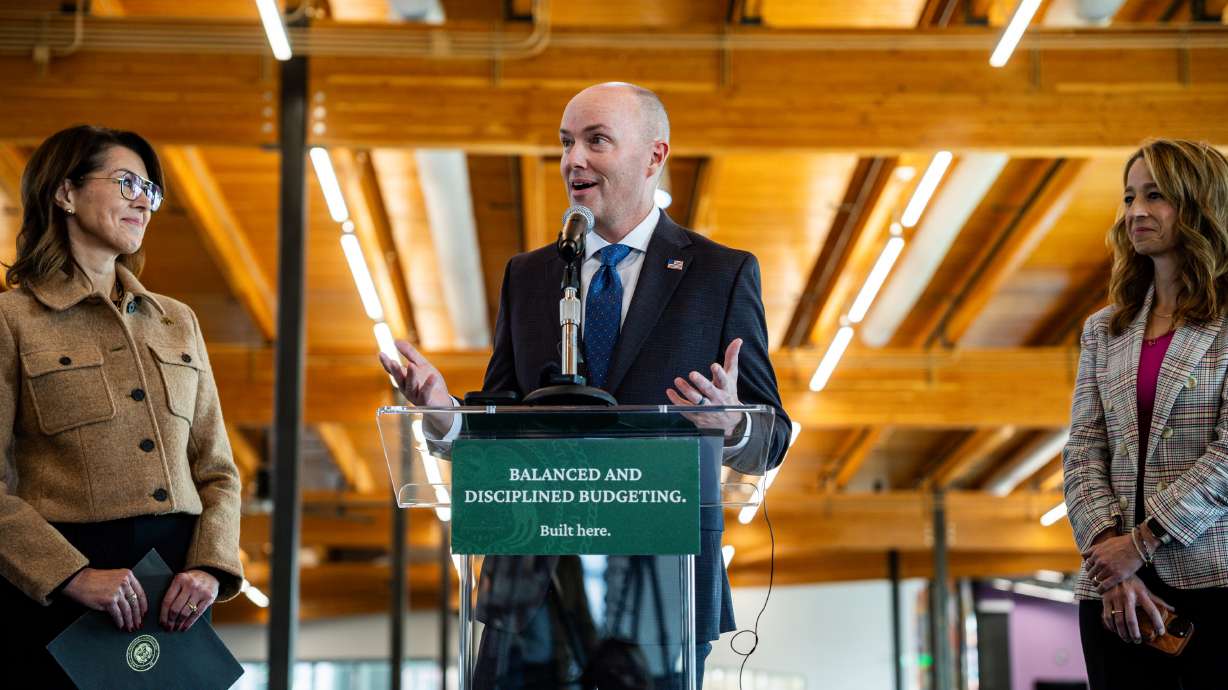Between the Cliven Bundy standoff and the Recapture Canyon protest, federal ownership of vast swaths of land within western states has come to the fore of public attention. Utah has been leading efforts to transfer federal land into state control, passing H.B. 148—demanding the transfer of federal lands to state control—in 2012 and hosting a summit for like-minded western legislators in April of this year. Seven other western states have passed similar bills in recent years, giving the issue the feel of a credible movement. But, fervor aside, what is a federal land transfer likely to look like?
I. It’s Complicated: The Implications of a Federal Land Transfer
In some ways, a federal transfer of land is more complicated than one might expect. Though less well known than H.B. 148, H.B. 142 passed in 2013 and is in many ways the more meaningful step toward Utah getting control of land in its borders. After the initial excitement of H.B. 148, H.B. 142 authorized a study and economic analysis of what would actually be involved in a mass federal land transfer. Conducted by teams of researchers associated with the University of Utah and Utah State University, this study aims to get the nuts-and-bolts information that Utah would need to be prepared to more than double its land holdings. The results of this study are due to be presented to Utah legislators this November so while the results aren’t in yet, work to date indicates the scope of what will be involved.
The first issue is simply inventorying federal land in Utah, all 35,033,603 acres of it. The amount of land involved is so vast that just getting a grip on where it is and what each area’s unique potential uses are (development, preservation, recreation, grazing, timber, mineral extraction, oil and gas, solar, and wind) is quite an undertaking.
The next issue is identifying current interests associated with each area and developing a way to account for and manage those interests during and after a transfer. Much of this land is already subject to oil, gas, mining, grazing, and timber leases or rights which would contractually need to be honored or otherwise addressed. Other areas are already used for recreational purposes which would need to be accounted for.
Then there’s the matter of money. There are currently several revenue sharing schemes in place for money generated from public lands. Essentially, in recognition that federal ownership of lands necessarily deprives Utah of the ability to generate tax revenue from that land, the federal government has developed several programs which share portions of the proceeds from grazing and timber leases and shares them with local governments. Any transfer plan needs to account for how money will be shared and how localities will adjust after the transfer.
And that is to say nothing of trying to estimate the bill for taking over an area the size of Wisconsin. It’s not a simple matter of finding what various federal agencies currently take in and spend to manage land in Utah: because the federal government mismanages and underfunds land management, the cost of doing it right could be significantly higher than what is currently being spent. Conversely, there are certainly potential efficiencies that could be gained through effective management. The study authorized by H.B. 142 analyzes several hypothetical scenarios involving different types and degrees of transfers and attempts to predict the economic impact of each.
II. The Process of Getting Control of Federal Lands
There are essentially two tactical routes which Utah could take to get control of federal lands.
The first would be for Congress to pass a bill ceding land to Utah. Federal land transfers are actually quite common, but they generally happen on a very small scale. For example, last year the federal government transferred, gratuitously, a small amount of land in Wyoming for a shooting range. It’s simple, but requires adequate political will at the federal level which seems unlikely. Attempts at larger federal land transfers have not made much progress. For example, in 1995, Senate Bill 1031 proposed a bill to offer all BLM land to the states. It summarily died in committee. Admittedly the political climate and elected leaders are much different now than in 1995. However, devolving federal lands does not seem to be high on any federal legislator’s bucket list.
The second option would be a lawsuit that would argue that the federal government is required to transfer federal lands to the states. There are credible legal arguments supporting this proposition—primarily that the Utah Enabling Act was a compact which bound the federal government to dispose of land within state boundaries or that the equal-footing doctrine requires the federal government to afford Utah the same right to control property within its borders as earlier-admitted states. However, assuming the Supreme Court was willing to hear the case, there is no controlling legal precedent so the outcome would be anybody’s guess. And given the Roberts Court’s penchant for avoiding controversy even when mental gymnastics are required to do so, the outlook is not necessarily promising.
While returning land within Utah to local control makes sense from both a management and a self-determination standpoint, it is a complicated issue. Regardless of the method used to pursue it, it will be an uphill battle. It is nevertheless a battle worth pursuing.





